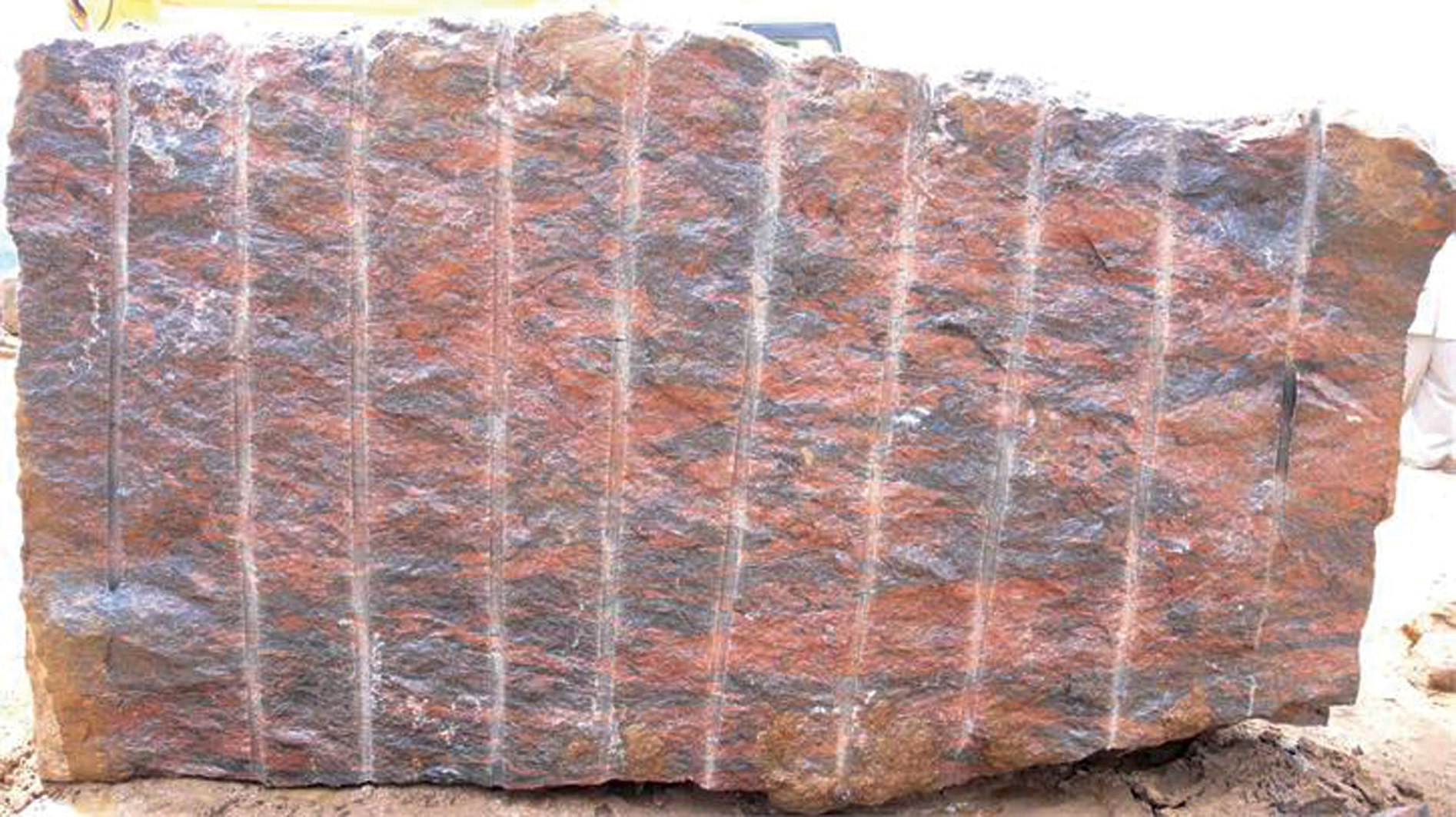Exploring the Hidden Midst of Granite Quarrying: Unveiling Nature's Masterpiece
The globe of granite quarrying is a realm where nature's old procedures meet human resourcefulness in a cooperative dance that has formed landscapes and people for centuries. From the elaborate geological formations that birth this impressive stone to the meticulous strategies and equipment utilized in its extraction, the trip into granite quarrying is a testimony to the harmonious conjunction between male and nature. As we begin to unravel the layers of this sector, we are met a tapestry of ecological considerations, imaginative ventures, and global effects that beckon us to discover even more the surprise depths of this all-natural work of art.

Geological Development of Granite
Granite, a kind of igneous rock, creates deep within the Earth's crust through an intricate process of cooling and solidification. The cooling process can take millions of years, enabling for the development of big mineral grains that offer granite its distinctive appearance and durability.
Geologically, granite is classified as a felsic invasive rock, indicating it is rich in silica minerals and forms from lava that horns in existing rock formations. This invasive development process adds to granite's grainy structure and high compressive strength, making it a preferred option for building and architectural objectives. As a result of its charm, resilience, and resistance to heat and scrapes, granite has become a desired material for countertops, floor covering, and ornamental components in both household and industrial settings.
Quarrying Methods and Devices
Utilizing innovative equipment and specific techniques, quarrying procedures extract granite from natural deposits with performance and precision. Diamond cable saws are commonly utilized to cut via the granite, as they offer precision cutting without triggering damages to the rock.
Huge excavators and loaders are then employed to remove the cut granite obstructs from the quarry. These durable equipments can deal with the enormous weight of the granite blocks, making transport within the quarry website and filling onto vehicles for more processing efficient. Additionally, boring devices furnished with diamond-tipped drills is made use of to develop openings for splitting the granite right into smaller sized, extra manageable pieces. This controlled splitting procedure makes certain minimal waste and optimal utilization of the extracted granite. In general, the combination of advanced machinery and skilled labor is essential in the quarrying process to extract granite effectively while preserving its quality.
Ecological Impact and Sustainability
With the increasing focus on ecological awareness in industrial techniques, the granite quarrying industry is under examination for its impact on ecosystems and all-natural resources. Quarrying for granite can have substantial environmental effects, including environment destruction, soil disintegration, and water pollution.
To alleviate these environmental effects, lasting quarrying practices are being established. Firms are executing actions such as reforestation programs, water recycling systems, and dirt suppression methods to minimize their environmental impact. In addition, some quarries are now using eco-friendly power sources to power their procedures, lowering reliance on nonrenewable fuel sources.
Artistry in Granite Sculpting
The intricate procedure of changing raw granite into spectacular artworks calls for extraordinary skill and workmanship. granite quarries in south africa. Granite sculpting is a thorough art form that demands patience, imagination, and a severe understanding of the stone's residential or commercial properties. Artists must possess a deep appreciation for the natural charm of granite and the ability to visualize and draw out the surprise virtuosity within it
Virtuosity in granite sculpting entails a collection of accurate actions. The carver begins by selecting the excellent granite slab, considering my latest blog post variables such as color, veining, and structure.
The result of granite sculpting is an impressive masterpiece that showcases the artist's skill and the fundamental beauty of the rock itself. Whether it's an impressive sculpture, a detailed fountain, or a detailed alleviation carving, granite sculptures stand as testimonies to human creativity and the long-lasting appeal of all-natural materials.
Global Value of Granite Market
Playing a pivotal duty in construction and building projects worldwide, the granite sector functions as a keystone in the worldwide economy. see this website With its convenience, toughness, and aesthetic charm, granite has actually become a preferred option for a wide variety of applications, including kitchen counters, flooring, monuments, and exteriors. The sector not only supplies work opportunities yet also drives economic development via exports and local usage.

Moreover, the granite sector plays a crucial role in lasting advancement initiatives by advertising responsible quarrying techniques and purchasing environmentally friendly technologies. As the need for natural rock remains to increase, the global value of the granite industry in shaping urban landscapes and maintaining cultural heritage can not be overemphasized.
Conclusion
In conclusion, the granite quarrying market plays a critical role in showcasing nature's masterpiece. check my reference From its geological development to the virtuosity in sculpting, granite continues to hold worldwide relevance.